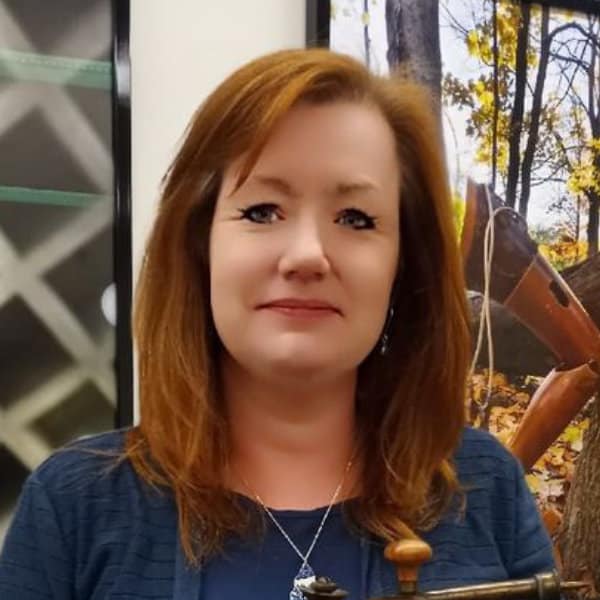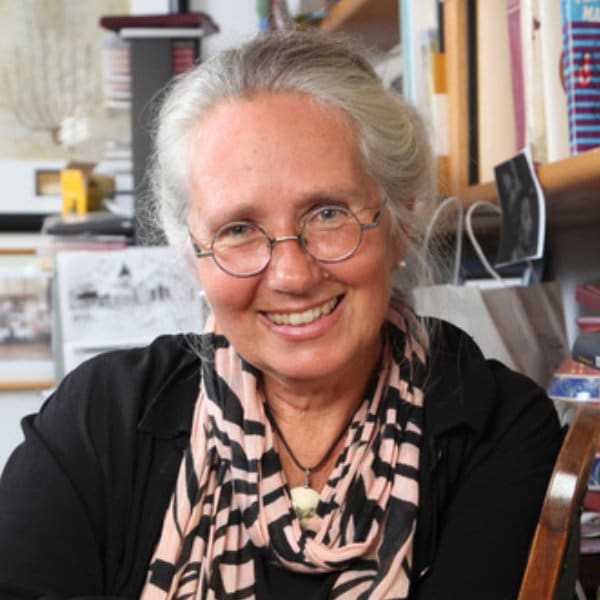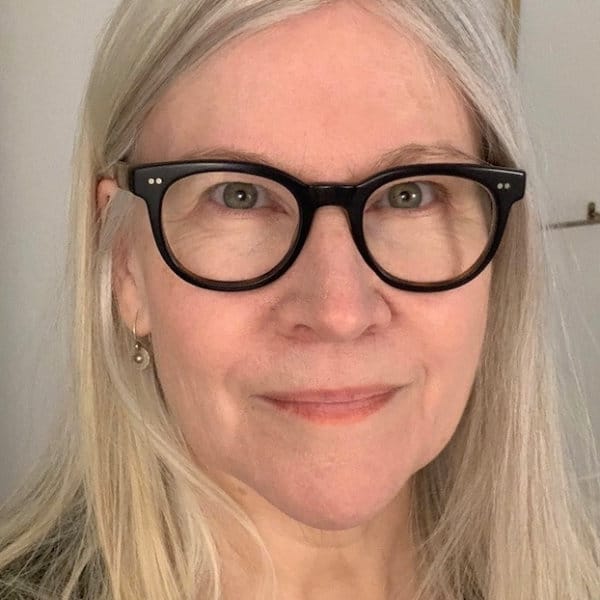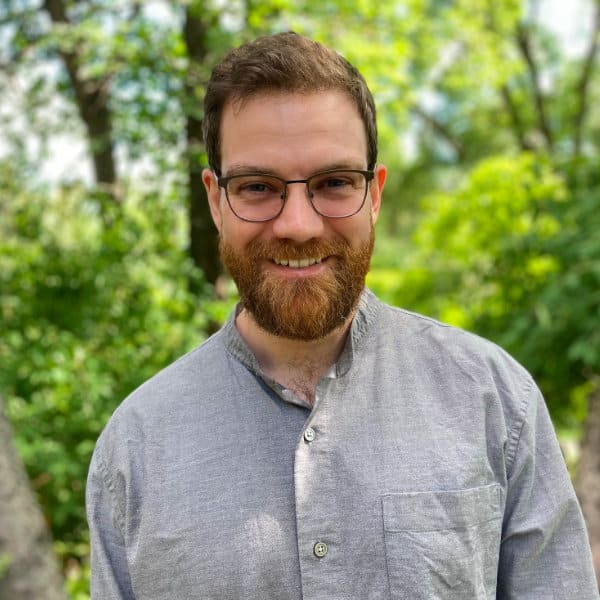Quarantine Stations and Lazarettos: Histories of Architecture and Public Health
Quarantine – or spatial segregation – was one of the first and only solutions for public health prior to the late 19th century. The quarantine of groups suspected of carrying diseases began to be formalized in the late medieval Mediterranean. These early public health policies and practices immediately led to the requirement for quarantine spaces:…
Read MoreInnovation, Expertise, and Equity: Creating Sleep Medicine within Canada’s Universal Health Care System, 1970–2000
Sleep complaints are ancient, but it was only during the 1970s and ‘80s that sleep began to emerge as a sub-specialty of medical practice. Canadian clinicians were on the cutting edge of this development, but this story remains unwritten. Sleep medicine evolved in tandem with the divergence of Canadian and American systems of state medical…
Read MoreMedical Instruments as Authority and Knowledge: A Research and Documentary Project
The Medical Artifact Collection at Western University stores approximately 1300 objects with an adjacent teaching space and curates six exhibit cases. ‘Medical Instruments as Authority and Knowledge’ will combine published and archival sources, our artifacts, and past and new oral history interviews of physicians to betterunderstand the role of instruments in medical practice. Did medical…
Read MoreHistory of Medicine: A Scandalously Short Introduction
History of Medicine: A Scandalously Short Introduction (3rd ed. 2021) is the product of a long career of research and teaching, supported by AMS. But it is not accessible to francophones in Canada or elsewhere. Jacalyn’s project will provide a French-language edition of this popular introductory textbook, which is aimed at students in the health-care…
Read MoreArchiving Patient-Led Mad Activism in Canada, 1970s-2020
Efrat’s project is designed in two segments. The first segment involves the curation of mad-centered archival material not yet available in the public domain. The second is an original research segment, using critical discourse analysis of the archival material, that seeks to enhance understandings of the crucial and active role of mental patients in shaping…
Read MoreHistorian Engagement in Public Health
During the COVID-19 pandemic, disease and health historians have frequently been called upon by media, public organizations, and institutions (including government agencies) to explain how past disease outbreaks can inform present-day and future responses, and to enhance public understanding. They have provided insight into public health measures (including social distancing, or self-isolation), mental health, vaccine…
Read MoreMaternal Darkness: Postpartum Depression and Maternal Mental Illness in Western Canada, 1890-1980
Heather’s project explores the history of postpartum depression and related maternal mental illnesses in Canada from 1890-1980. Despite media sensations created by famous cases of mentally ill mothers there are almost no historical examinations of maternal mental illness in North America. Historically, maternal mental illnesses sit on an uneasy axis between society’s high social expectations…
Read MoreWomen Helping Women: Inuit and Innu Women and Participatory Health Workshops in Labrador in the 1980s
Courtney’s project will examine how health workshops led by women for women in Labrador in the 1980s affected Inuit and Innu women. These workshops employed a unique participatory approach that reinforced lived experiences and reciprocity, and recognized that women held expertise about their bodies, and their families’ and communities’ health concerns and needs. Using the…
Read MoreThe Making of a Spiritual Contraption: Séances, Psychiatry, Prisons, and Schools, 1830-1930
Kyle’s research interrogates the connections between religion, psychiatry, prison, and educational institutions in nineteenth-century Canada, framing their relationship as conspiracy. He defines conspiracy as the means through which these institutions withheld or produced knowledge to maintain and legitimize their positions of influence. Using framework of co-conspirators demonstrates the intention of these institutions in creating and…
Read MoreThe Work of the Hamilton Branch of the YWCA in Indian Hospitals, Sanatoria, and Residential Schools
During the late nineteenth and twentieth centuries, women’s philanthropic organizations made financial and in-kind contributions to Indian hospitals, sanatoria, and residential schools. Records from the Department of Indian Affairs and churches describe the arrival of clothing, bedding, medicine, and toys from women’s organizations. For large voluntary organizations, these contributions went further to include running educational…
Read More










